Call to action
1
= 100 lives saved
Protecting
Hearts
A global call to action to control high blood pressure
Out-of-control blood pressure is the world’s leading cause of death.
By expanding simple, effective, inexpensive treatment for the one billion people with uncontrolled hypertension globally, we can save tens of millions of lives.
XX signatories from XX countries and counting
Call to action co-leads
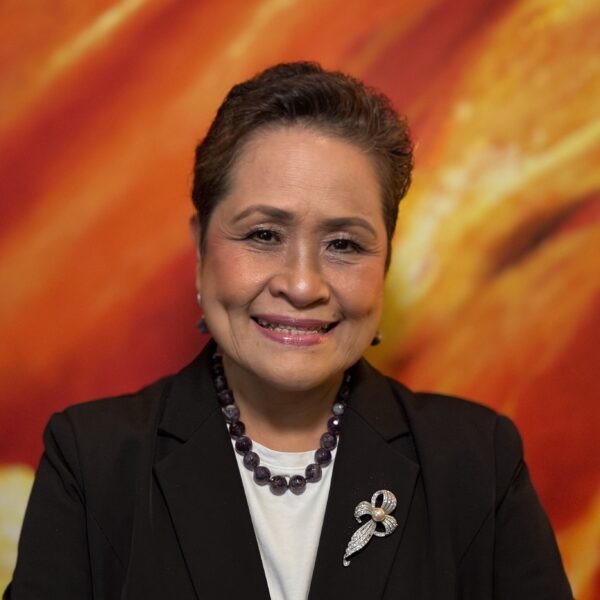
Dolores D. Bonzon
Past President, Philippine Society of Hypertension
Philippines
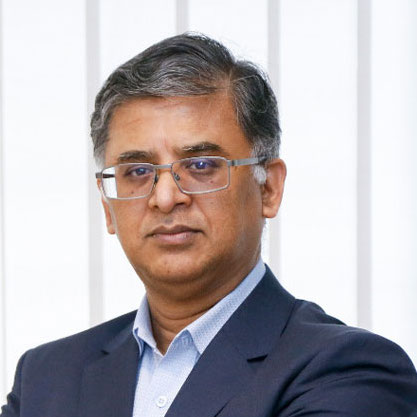
Abdul Wadud Chowdhury
Director and Professor, National Institute of Cardiovascular Diseases and Hospital, Bangladesh
Bangladesh

Mekdes Daba Feyssa
Minister of Health, Federal Democratic Republic of Ethiopia
Ethiopia
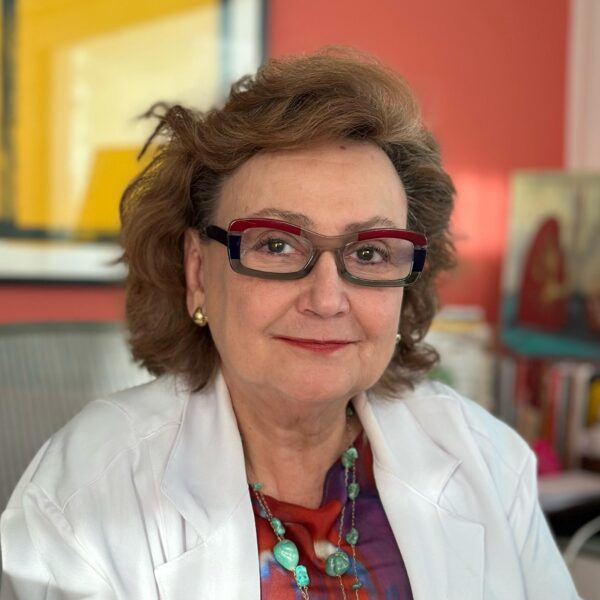
Margareth P. Dalcolmo
Physician, Senior Research of Oswaldo Cruz Foundation MoH, Brazil
Brazil
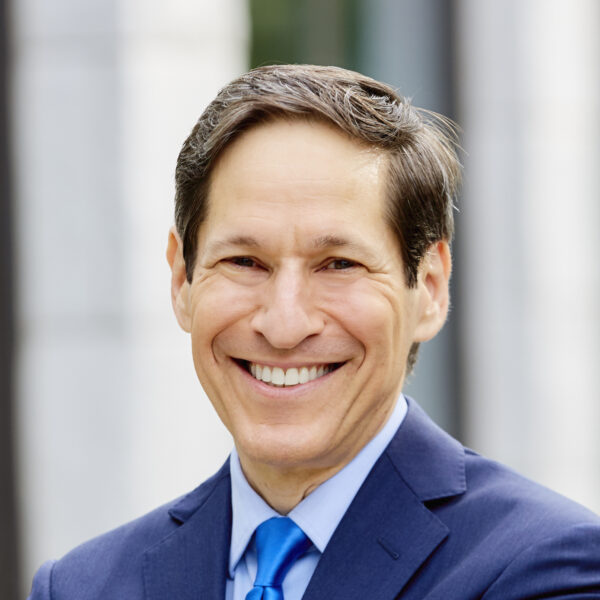
Tom Frieden
President & CEO, Resolve to Save Lives
USA

Maria Fredin Grupper
Executive Director, World Stroke Organization
Switzerland

Jeanette Rebecca Hunter
Deputy Director General Primary Health Care, Department of Health, South Africa
South Africa
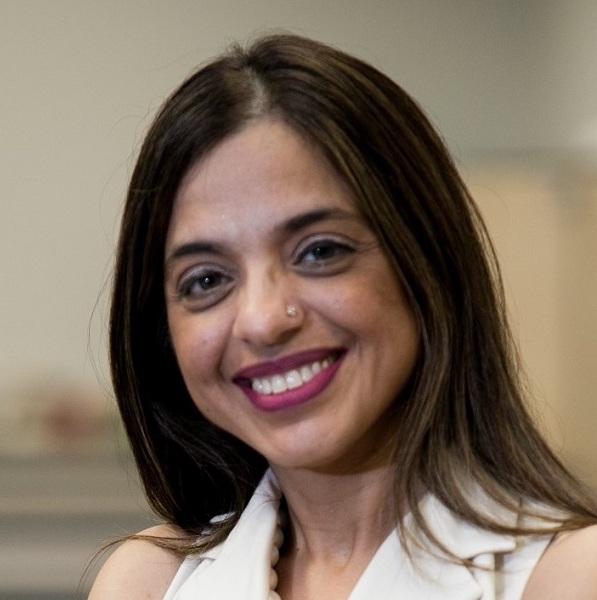
Tazeen Hasan Jafar
Professor, Duke-NUS Medical Singapore & Duke Global Health Institute, Pakistan
Pakistan
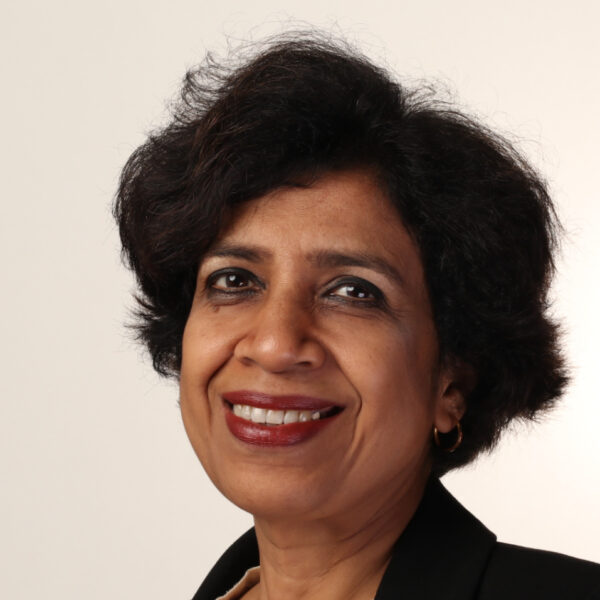
Fazila Tun-Nesa Malik
Secretary General, National Heart Foundation of Bangladesh
Bangladesh
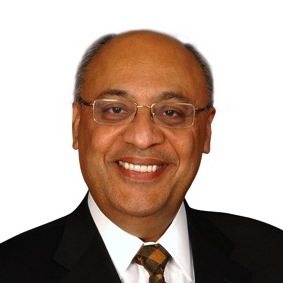
Jagat Narula
President, World Heart Federation
USA
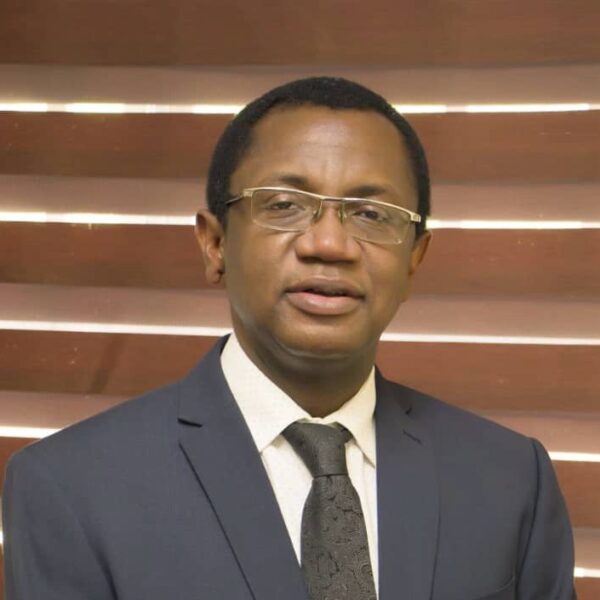
Dike Ojji
Professor of Medicine and Preventive Cardiology, University of Abuja
Nigeria
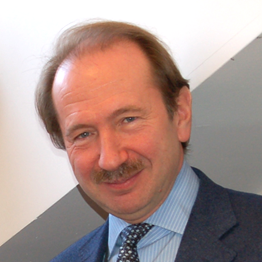
Gianfranco Parati
President, World Hypertension League
Italy
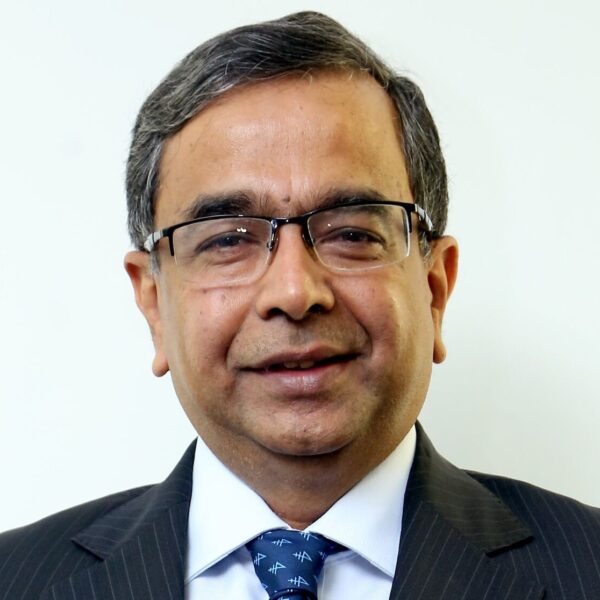
K. Srinath Reddy
Founder, President, and Distinguished Professor, Public Health Foundation of India
India

Jinho Shin
President, Korean Society of Hypertension
Republic of Korea
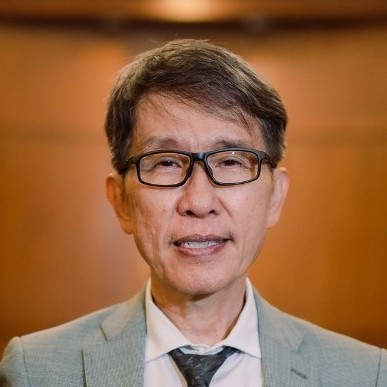
Apichard Sukonthasarn
President, Thai Hypertension Society
Thailand
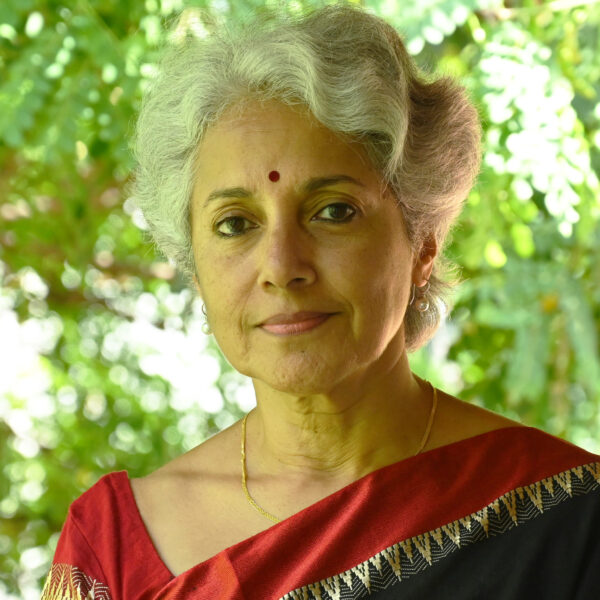
Soumya Swaminathan
Chairperson, MS Swaminathan Research Foundation, India
India

Fatchanuraliyah Wazdi
Deputy Director Stroke and Cardiovascular Diseases, Ministry of Health, Indonesia
Indonesia
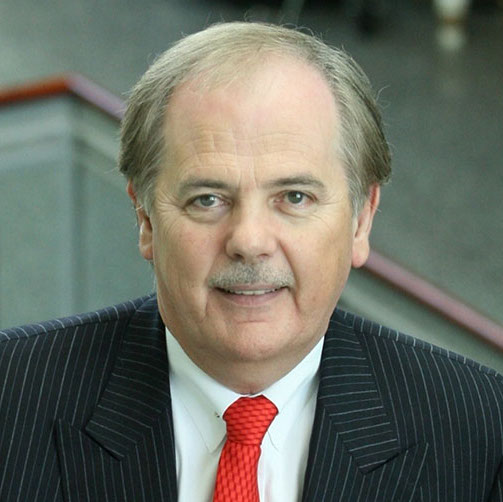
Paul K. Whelton
Show Chwan Chair in Global Public Health Institute, Tulane University; Immediate Past President, World Hypertension League
USA

Zhang Xin-Hua
President, Chinese Hypertension League
China
Protecting One Billion Hearts
Global call to action to control high blood pressure
Lives and livelihoods at risk
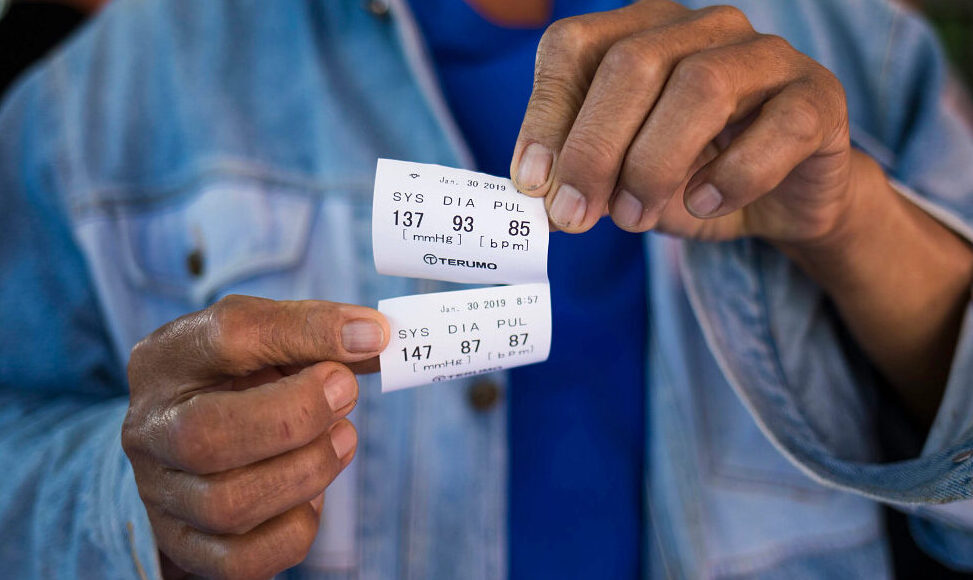
We call for committed, urgent, and coordinated action by governments, funders, and the private sector.
Out-of-control blood pressure, or hypertension, is the world’s leading cause of death – killing more people than all infectious diseases combined. But for the more than one billion people living with hypertension worldwide, this condition should not be a death sentence – by expanding standardized, effective, inexpensive treatment we can save tens of millions of lives while freeing national budgets to address other deadly health challenges.
The world faces a critical inflection point on hypertension: as populations age, the number of people needing treatment is increasing, and health systems are strained by the growing costs of heart attacks, strokes, and kidney failure from uncontrolled high blood pressure. Every country in the world struggles with the avoidable consequences of uncontrolled hypertension, but nearly 80% of the burden is borne by low- and middle-income countries. In addition to preventable loss of life, uncontrolled high blood pressure greatly increases health care costs for patients, their families and national health systems, and reduces productivity.
Uncontrolled blood pressure is the deadliest health challenge of our time. It has been severely neglected, despite evidence from countries of every income level that progress is highly achievable and affordable.
We, the undersigned, call for committed, urgent, and coordinated action by governments, funders, and the private sector to improve the global blood pressure control rate from an estimated 21% in 2025 to at least 50% by 2030. This target should be codified in indicators emerging from the 2025 United Nations High-Level Meeting on the Prevention and Control of Noncommunicable Diseases.
We call for a new paradigm in global hypertension control, backed by four essential actions:
- Provide free and reliable hypertension treatment to all. Effective treatment with a standardized protocol that includes three generic medications can cost just a few dollars per person per year – a tremendous value, but still a barrier for many patients. Because hypertension, the ‘silent killer’, has no symptoms, programs around the world have found that care that is free to patients has the best chance of achieving high control rates.
- Integrate blood pressure measurement and control into primary health care services. Ensure that every patient, regardless of the reason for their visit, has their blood pressure measured and has access to treatment close to where they live. This will have enormous benefits for people living with other deadly conditions, such as diabetes, who face worse outcomes when their hypertension is uncontrolled.
- Establish hypertension control as a national priority, at all levels of government, by securing domestic investment, implementing innovative financing strategies to ensure an uninterrupted supply of medicines and care, and embracing accountability measures. Innovative partnerships can provide lower-income countries with up-front financing that includes a transition path to financial self-sufficiency. Efficient procurement of medicines can keep costs affordable, allowing more patients to be consistently treated.
- Monitor and transparently report the number of patients who have their hypertension controlled through treatment. Blood pressure control is the metric that matters, and digital technologies make it easier than ever to monitor control rates while maintaining patient privacy.
Achieving 50% hypertension control worldwide would prevent at least 75 million deaths, prevent at least 150 million heart attacks and strokes, and prevent millions of people from needing dialysis and other costly interventions for kidney failure over the next 25 years. While reaching the 50% control target would require an additional investment of $12 billion annually, the net economic gains from improved control would be $212 billion annually, an $18 return for every $1 invested.
In addition to treatment, hypertension prevention is possible, particularly through population-wide strategies that reduce consumption of sodium and increase consumption of potassium and that address hazardous air pollution and lead exposure. For the greatest impact, and to achieve health-related Sustainable Development Goals, countries should expand hypertension treatment and prevention together.
Hypertension damages nearly every organ and system of the body—controlling it must be a priority to reduce the burden of heart attacks, strokes, kidney failure and other blood pressure-related diseases, ease the significant financial strain on individuals and health systems, improve workplace productivity, and protect one billion lives and livelihoods.
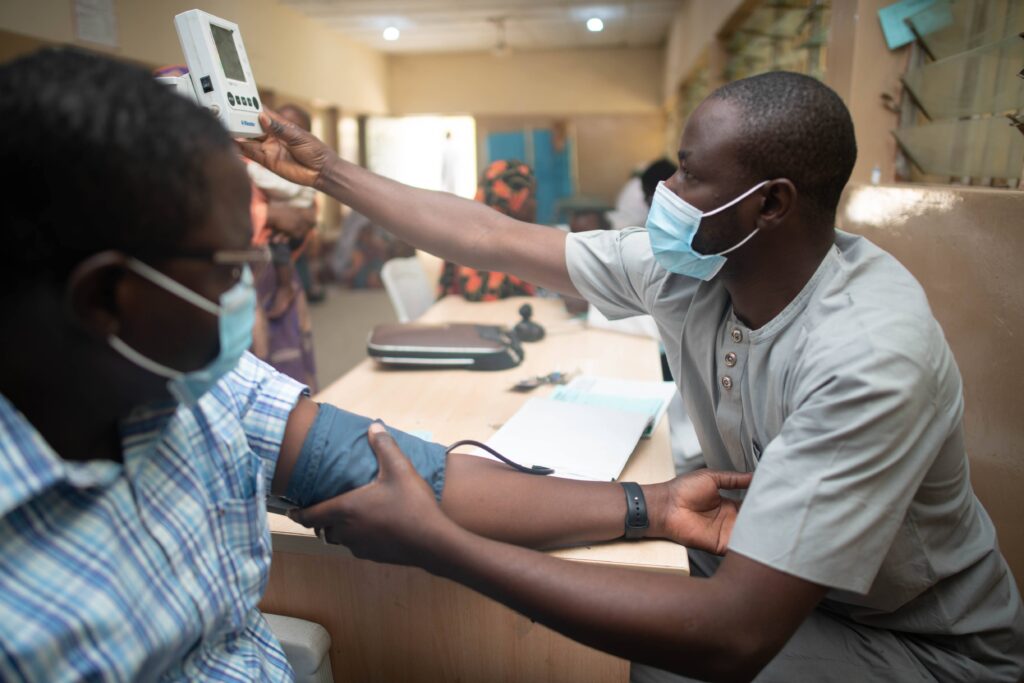
Sign the call to action
Fill out the form to have your name listed as a signatory of the Global Call to Action to Control High Blood Pressure.
If each ![]() represents 100 lives, this page would have to be 2 miles long to show the full scope of lives saved through action on hypertension.
represents 100 lives, this page would have to be 2 miles long to show the full scope of lives saved through action on hypertension.